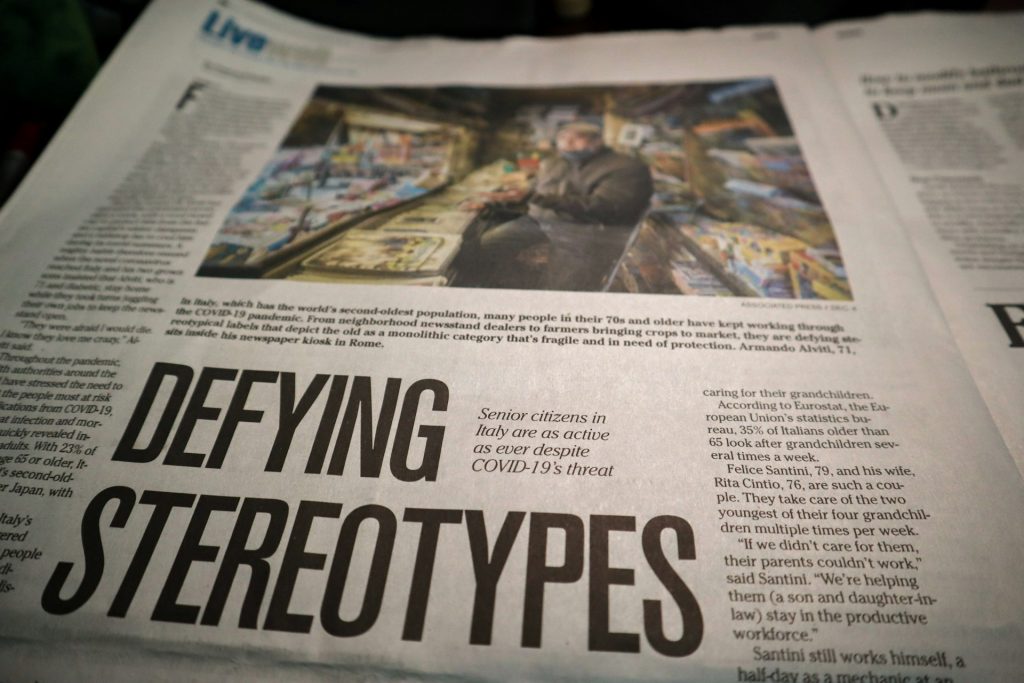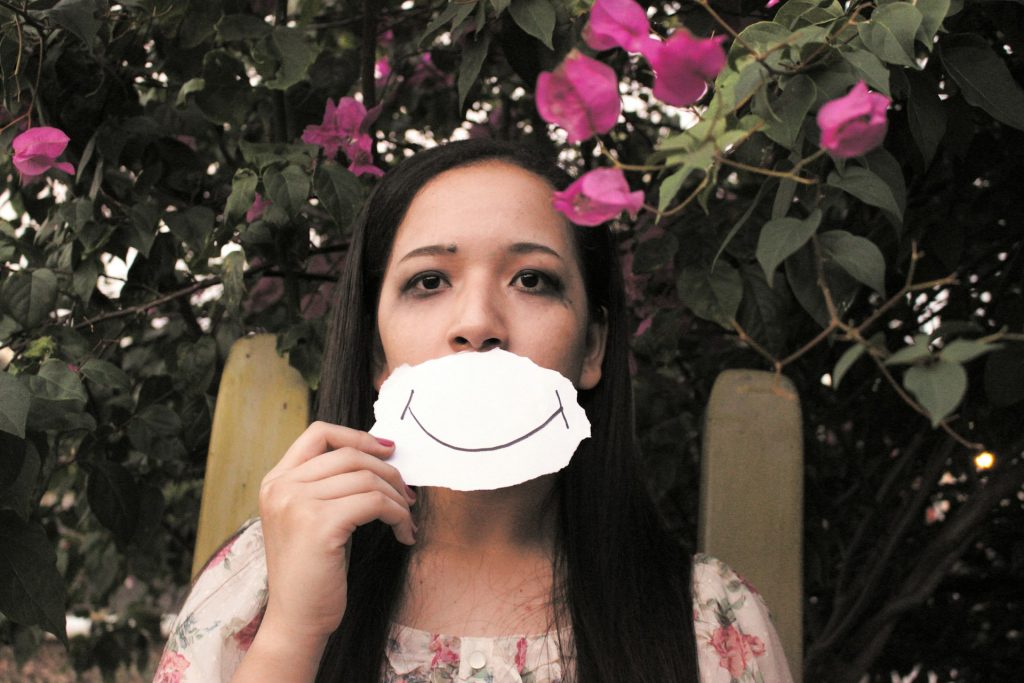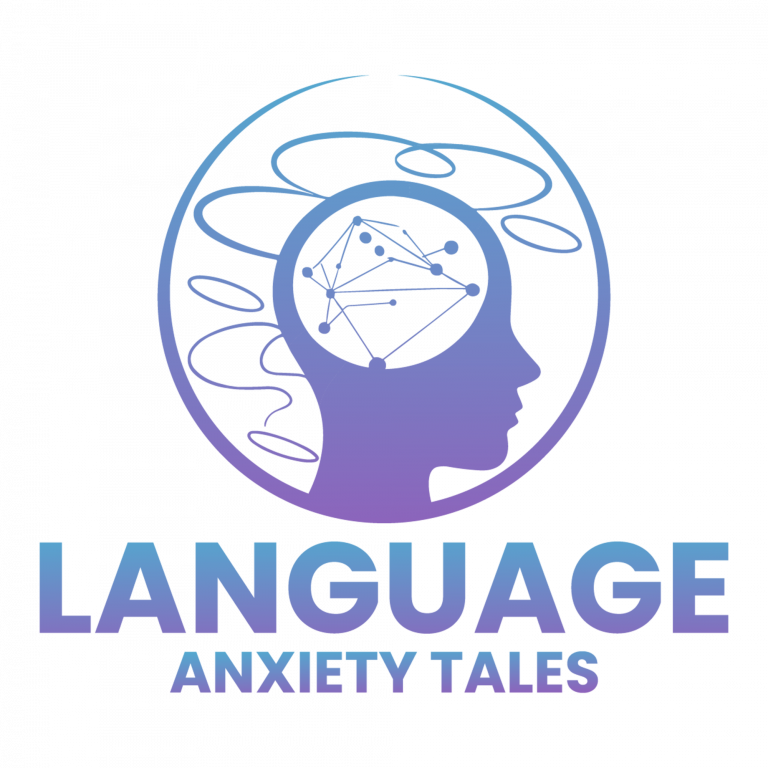Stereotypes in Terms of Language and Cultural Background

Photo by little plant on Unsplash
“You don’t look like you speak that language.” “Your accent doesn’t match your face.” “Why don’t you sound more native?”
These are just a few examples of stereotypes tied to language and cultural background. Such comments, though often unintentional, reveal biases that can be deeply hurtful. They reinforce the idea that language and identity must fit within narrow, predefined boxes. These stereotypes not only limit how we perceive others but also restrict individuals’ ability to express themselves authentically.

Photo by Ahtziri Lagarde on Unsplash
Stereotypes can affect how we perceive others and how we view ourselves. For instance, someone may avoid speaking their native language in public for fear of being judged or treated differently. Others might feel pressured to “prove” their fluency in a foreign language to be taken seriously. These biases can be particularly harmful in professional and educational settings, where language often serves as a gatekeeper to opportunities.

Photo by Alexei Maridashvili on Unsplash
The impact of stereotypes isn’t just external. Internalized biases can lead individuals to question their own abilities, diminish their self-worth, and even distance themselves from their linguistic heritage. This phenomenon is especially prevalent among children of immigrants, who often feel caught between the cultural expectations of their families and the societal norms of their peers.

Photo by Ángel López on Unsplash
The truth is, language is fluid, and identity is multifaceted. There is no “right” way to speak, and no one should feel ashamed for how they sound or what language they choose to use. Challenging these stereotypes requires a collective effort to celebrate linguistic diversity and educate others about the harm of bias.
At Language Anxiety Tales, we’re on a mission to challenge these stereotypes. By amplifying diverse voices and sharing stories of resilience, we hope to dismantle biases and build a world where everyone’s linguistic and cultural identity is respected and celebrated. Through empathy and understanding, we can create a society that values the richness of every language and every voice.
Disclaimer
The content published on Language Anxiety Tales is created with the aim of raising awareness about Native Language Anxiety and related topics, a field with limited existing research. Due to this lack of established studies, many of the articles draw upon personal experiences and insights, as well as contributions from ChatGPT, an AI language model.
Articles may be fully or partially written by AI and are carefully reviewed, refined, and proofread by Mirko Fabian to ensure accuracy, relevance, and alignment with the initiative’s mission. While every effort is made to provide thoughtful and valuable content, readers are encouraged to approach the material as a starting point for discussion rather than definitive academic research.
